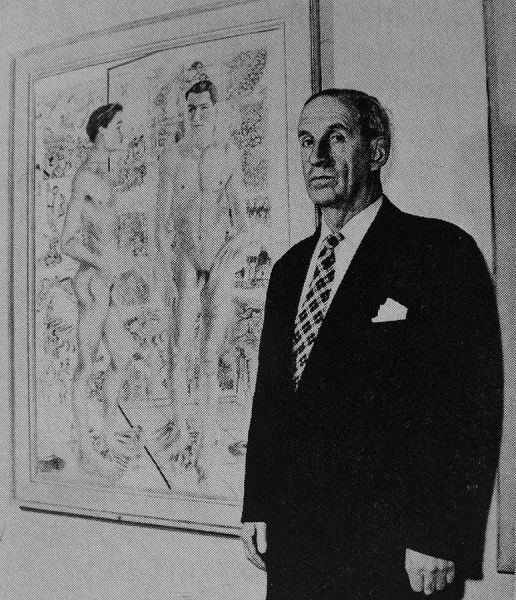
Paul Camenisch
Paul Camenisch was a Swiss painter and graphic artist known for his use of bright colors and strong composition. Camenisch studied art in Basel and then traveled to Paris, where he was influenced by the work of the Fauvist and Expressionist painters. Camenisch's work often featured landscapes, still lifes, and portraits, all rendered in a highly expressive and gestural style. He was also an accomplished graphic artist, designing posters and book illustrations. Camenisch was a founding member of the "Gruppe 33" artists' collective and was highly regarded in the Swiss art scene during his lifetime.
Paul Camenisch's artwork is known for its hallucinatory visions, expressive brushstrokes, and surreal colors that stir and haunt viewers. After studying architecture at Zurich's ETH under Karl Moser, he began painting watercolors inspired by imaginary constructions. He also spent time in Monte Verità in Ascona, where he was influenced by the community of artists and thinkers experimenting with new ways of living closer to nature. In 1924, Camenisch cofounded the Rot-Blau Group in Basel, which had a lasting influence on Swiss Expressionism. He gradually turned to painting more lyrical scenes, but his work remained provocative and subversive, leading to its inclusion in the Nazi exhibition of 1937 against "degenerate art." Camenisch's later work focused on social concerns and he became politically active, which led to his ouster from Gruppe 33. It wasn't until the 1970s that he was recognized as a major figure of Swiss Expressionism and his work was celebrated in retrospectives at Basel's Kunsthalle, Bünder Kunstmuseum in Chur, and the Kunstmuseum in Olten.
Years:
Born in 1893
Country:
Switzerland, Zürich
Gallery: